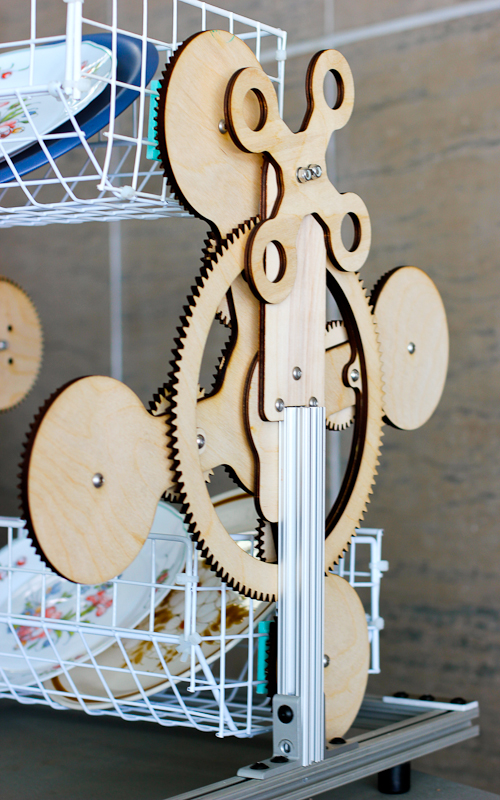
Engineering talent from across Canada concentrated at Carleton March 7-10 for the Canadian Engineering Competition (CEC).
The national competition is now in its 28th year. This is the second time it has been at Carleton, said Connor Childerhose, director of the innovative design competition.
Teams and individuals from universities such as McGill, Western, the University of British Columbia, and the University of Toronto represented their schools’ engineering departments in multiple engineering competitions.
The competitions ranged from funny to creative to potentially groundbreaking.
The re-engineering competition, in which competitors have eight hours to adapt an existing product to a different environment or for a different purpose, was a new competition at the CEC this year. Competitors were asked to re-engineer a smartphone for use in the field by soldiers. The sponsor was General Dynamics.
“[The re-engineering competition] underwent a trial run this year in the hopes that it would be adopted into the official rules following a successful competition. This seems to be the case and at this point it would just need . . . approval until it is an official CEC competition,” said Kevin Atkins, CEC co-chair.
“The goal of the competition is to get engineering students real-world experience,” Childerhose said.
Among others, the innovative design competition caught many eyes during its time in the River Building.
A back-saving dish rack design, an app using cellphone vibration to help blind people navigate, and a bike rack made for motorcycles were among the highlights.
Produced and reported by Jakob Kuzyk
The winning entry in this competition was from Western University.
The team of mechatronics engineers designed a headset that allows people who cannot move or speak to communicate using their eyes.
“It uses electrooculography,” said Adam Newsome who is a part of the team.
“The front of the eye is positively charged with respect to the back of the eye, so if they look to the left, for example, then the left hand side of their face will be more positive than the right hand side of their face. We can obtain these signals using electrodes that are placed around their face and translate that into motion on a computer screen.”
“Most competitors who compete in this category move on with their product and build companies so look for those headsets in hospitals in the near future,” Childerhose said.
“As for the competition itself, I think it went wonderfully. Everyone involved was astounded by Carleton’s campus and location in the city,” he said. “The competitors and judges who attended certainly have a new respect and admiration for Carleton.”
Select teams will now be submitting their work to the next round of competitions, the International Engineering Competition.






